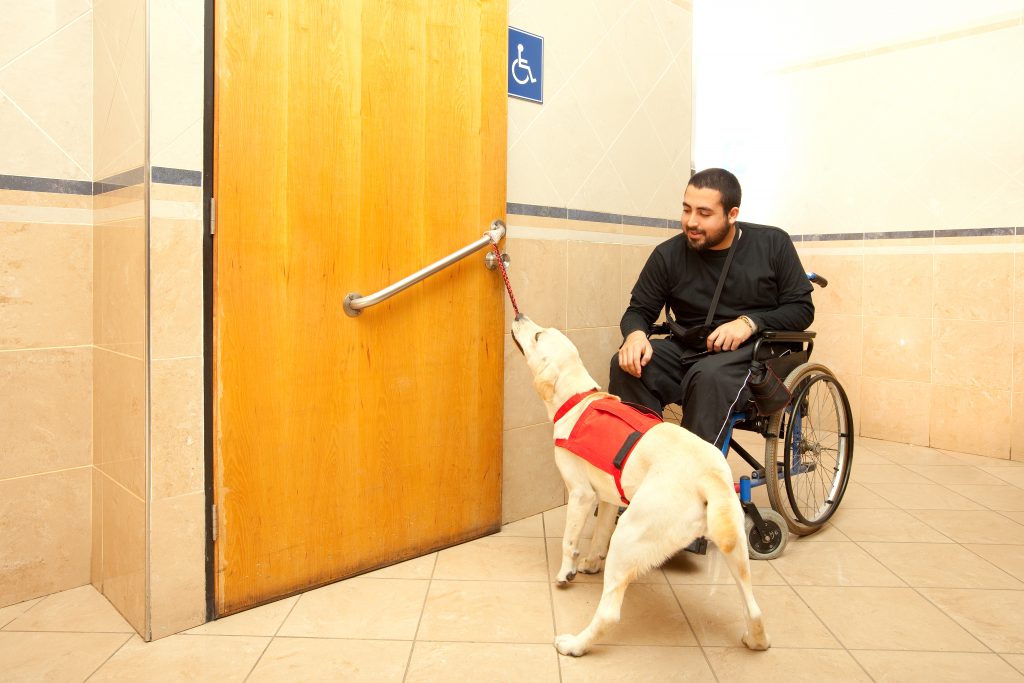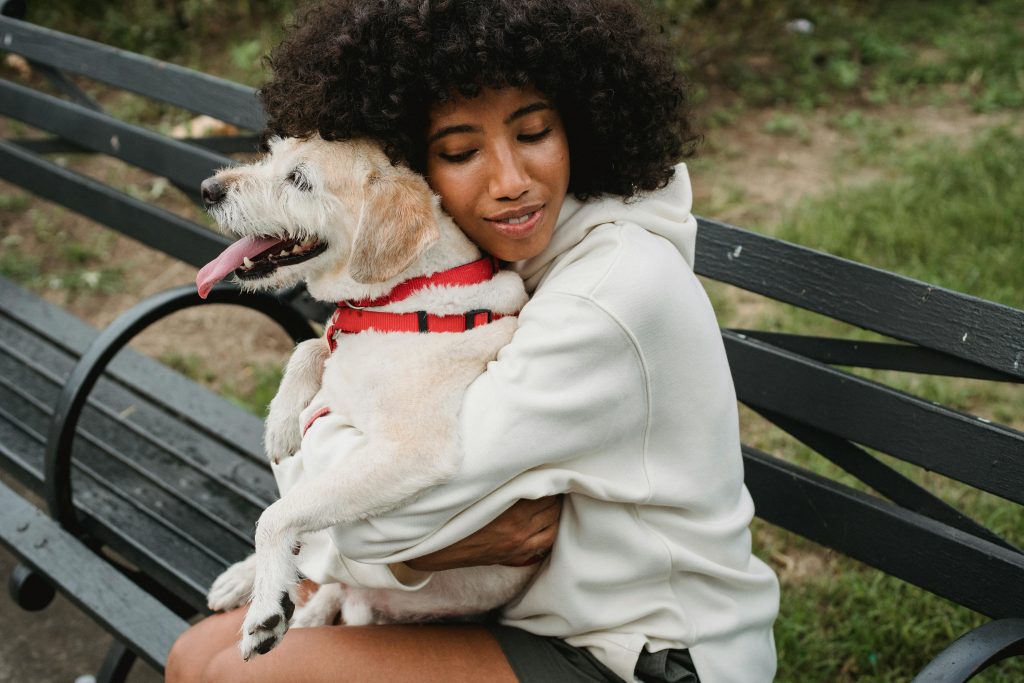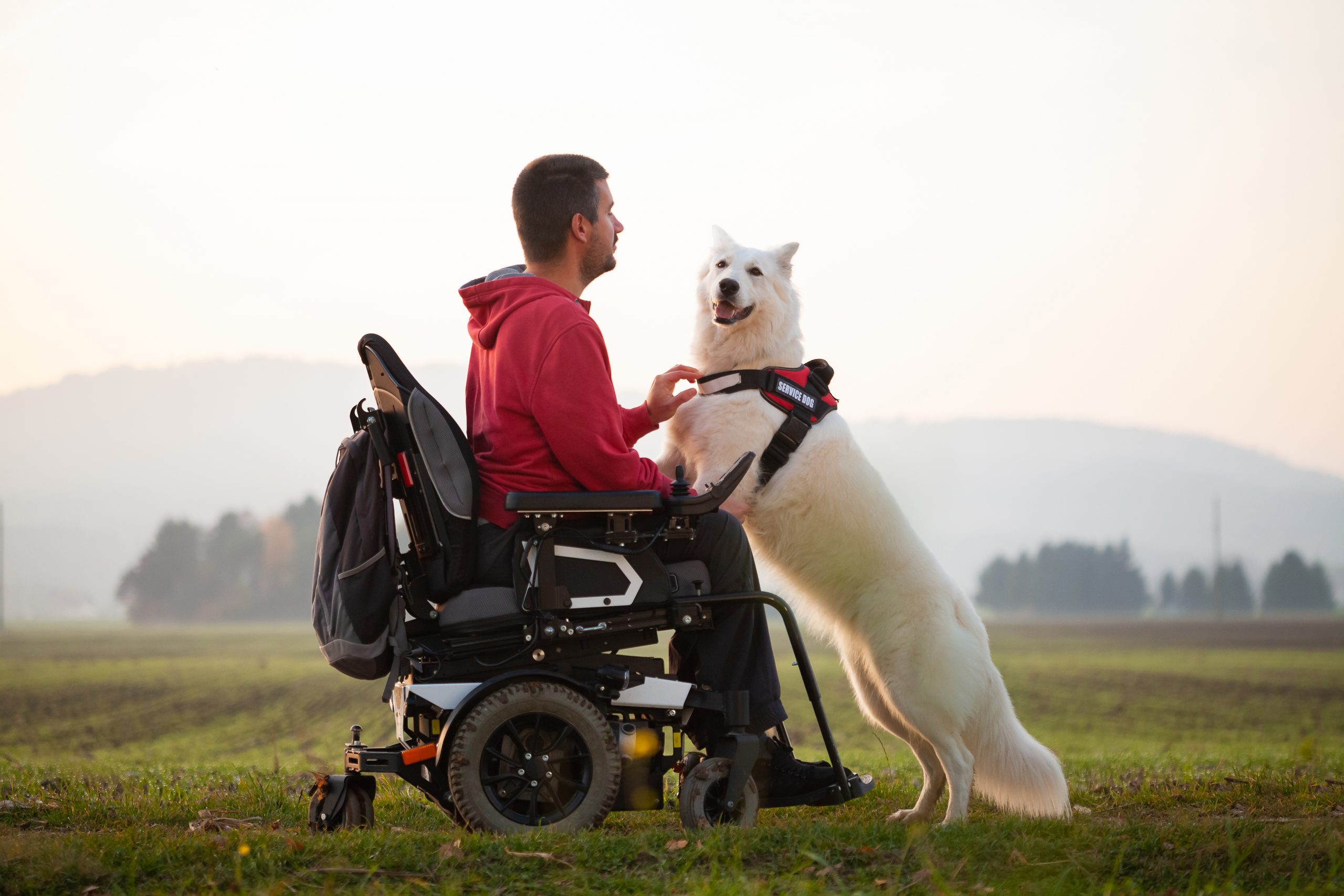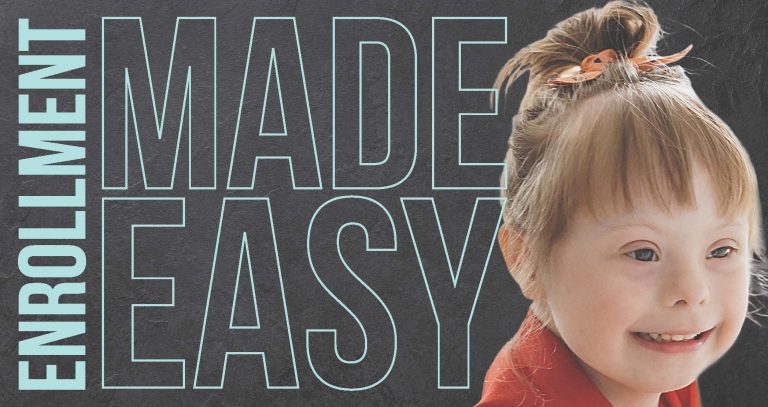Service Animals, Emotional Support Animals, and the Differences Between Them
What is a Service Dog?
Service dogs, also known as service animals, are dogs that receive specialized training to a perform a task directly related to a person’s disability. They are recognized by – and protected under – the Americans with Disabilities Act (ADA).
In some instances, miniature horses can also be service animals. However, they have different rules than what we’ll be covering here. Today, we’re going to focus on service dogs.
Types of Service Dogs
These are some of the disabilities a service dog can do tasks for:
• Allergy Detection
• Autism Support
• Diabetic Alert
• Guide (Also referred to as Seeing Eye Dog)
• Hearing
• Mobility Assistance
• Psychiatric Service
• Seizure Alert
You can learn more about the tasks a dog may provide here.

Where Service Dogs Can Go
According to the ADA, service animals are allowed to be with their person, even in places that don’t allow pets.
Service dogs can go into:
- Restaurants
- Shops
- Hospitals
- Schools
- Hotels
The ADA’s rules around service dogs also apply to some types of housing, including:
- Housing at public and private universities
- Public housing programs run by state, county, and city governments
- Emergency shelters
Access and Restrictions
Service dogs and their handlers cannot be denied access or refused service because of allergies or fear of dogs. People with disabilities who use service animals cannot be isolated from other patrons, treated less favorably than other patrons, or charged fees that are not charged to other patrons without animals. If a business requires a deposit or pet fee, they must waive it for service animals.
A person with a disability cannot be asked to remove their service animal from the premises unless: (1) the dog is out of control and the handler does not take effective action to control it or (2) the dog is not housebroken.
Asking if a Dog is a Service Animal
There are only two questions that may be asked to a person handling a service animal.
You may ask:
• Is the dog a service animal required because of a disability?
• What work or task has the dog been trained to perform?
You are not allowed to:
• Request any documentation that the dog is registered, licensed, or certified as a service animal
• Require that the dog demonstrate its task, or inquire about the nature of the person’s disability
A dog wearing a vest may or may not be a service animal. Service dogs are not required to wear a vest, but many handlers choose to use them. Vests can help the general public to know that the dog is working and should not be bothered. However, the dog still needs to be trained to perform a task for a person with a disability in order to be an ADA-protected service animal.

What is an Emotional Support Animal?
If a dog, or other animal, has not been trained to perform a specific job or task, they do not qualify as service animals under the ADA.
According to the U.S. Department of Housing and Urban Development (HUD), emotional support animals provide companionship, relieve loneliness, and sometimes help with depression, anxiety, and certain phobias.
Differences Between Service and Emotional Support Animals
Providing emotional support or comfort is not a task related to a person’s disability. For example, if a dog has been trained to sense that an anxiety attack is about to happen and take a specific action to help avoid the attack or lessen its impact, the dog is a service animal.

Why it Matters
Service dogs are trained to provide a task to a person with a disability. In many cases, these dogs keep their humans safe from harm. They are doing a job that requires immense training and focus.
It may be tempting to put a vest on Fido so you can take him to Walmart. However, please resist the temptation. Real service dogs face barriers to access every day, and their handlers are just trying to survive.
Also, please be respectful of service dogs when they are working. Do not try to distract the dog. When in doubt, it is best to pretend they aren’t there, no matter how cute they are. Allow them to do the task they’ve been trained to do.
For more information on service animals, visit the ADA’s website.

by Abby Burch
Business Development/Sales Specialist







